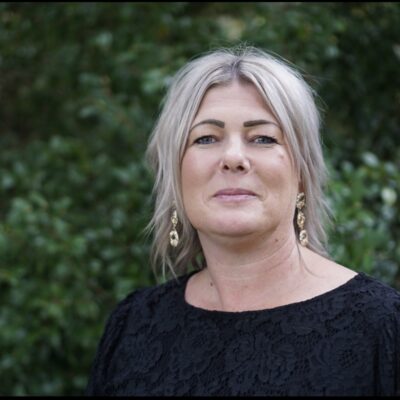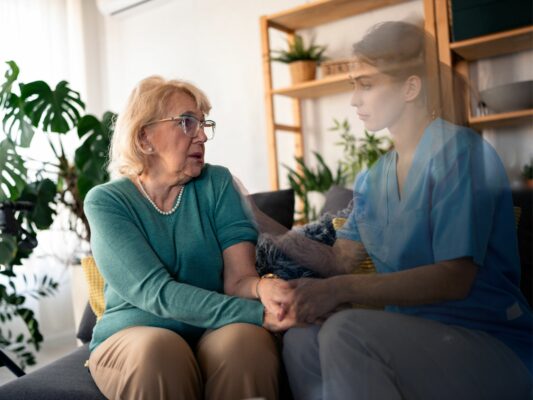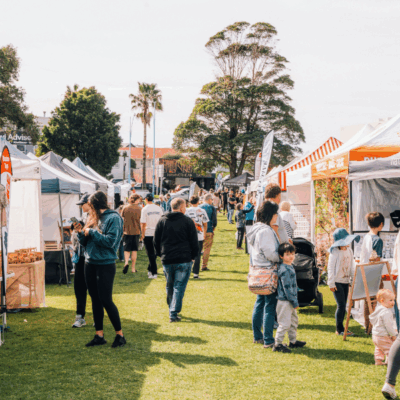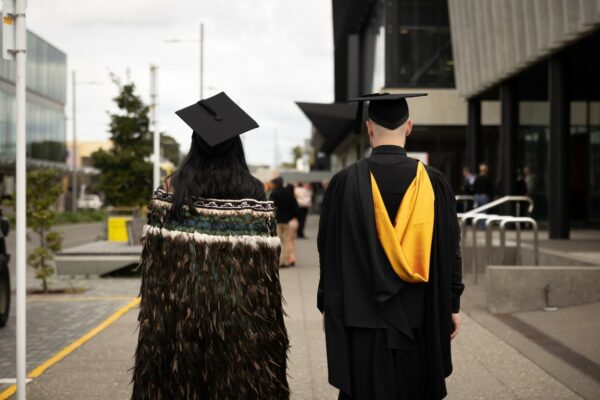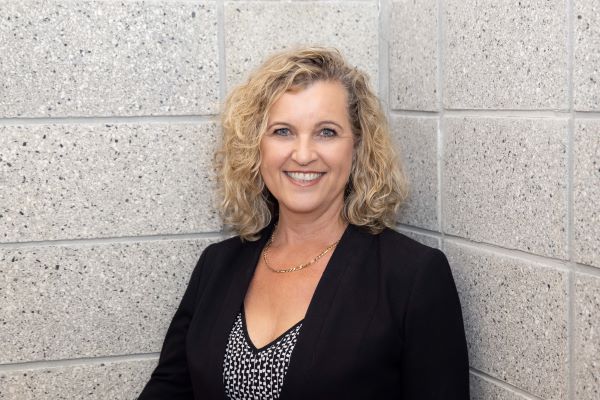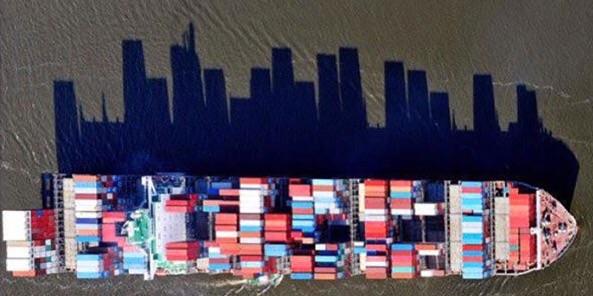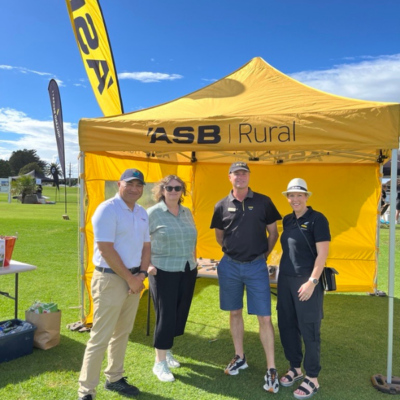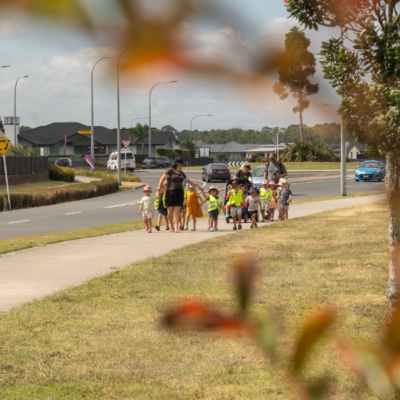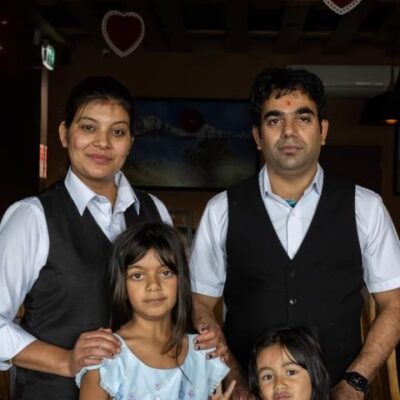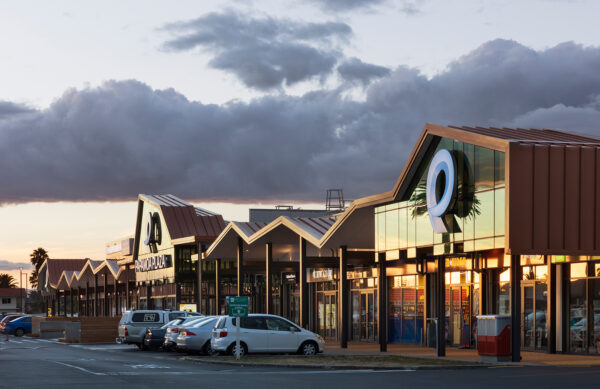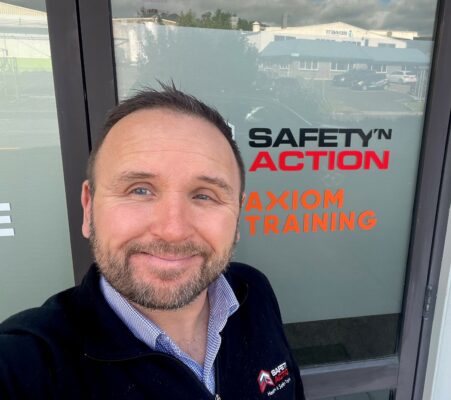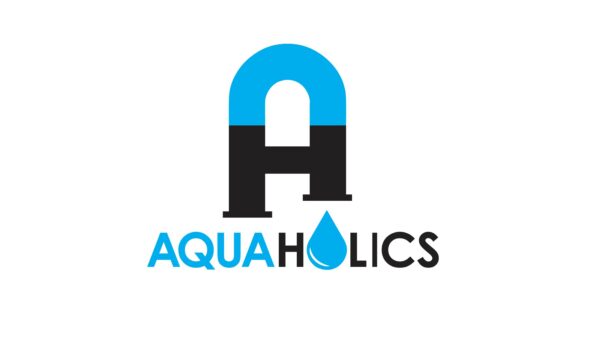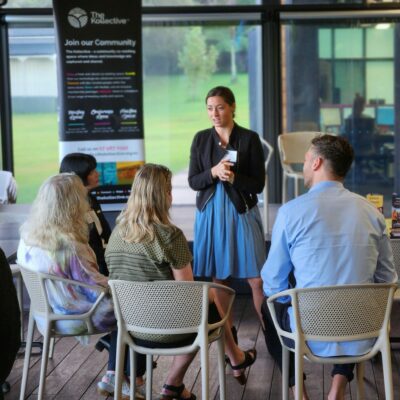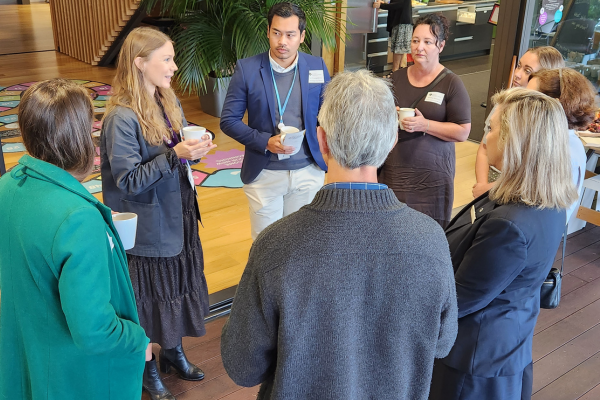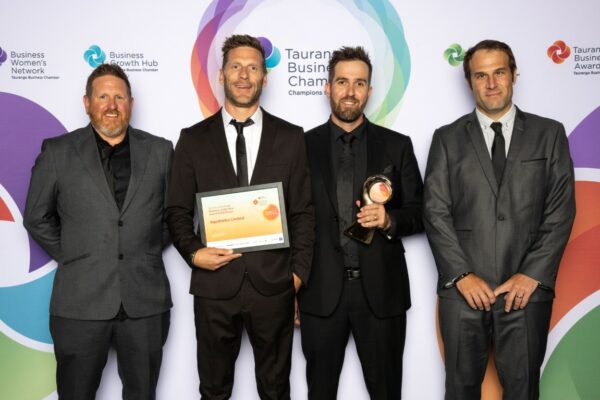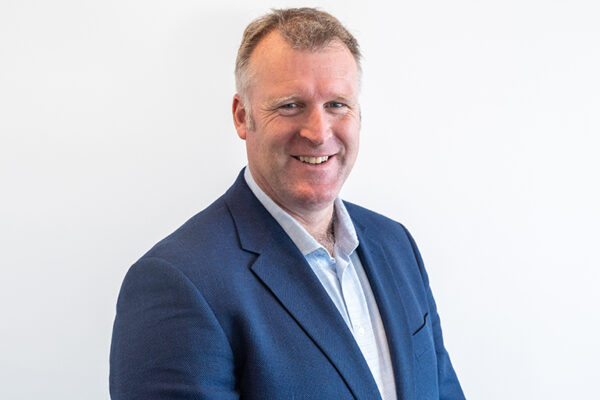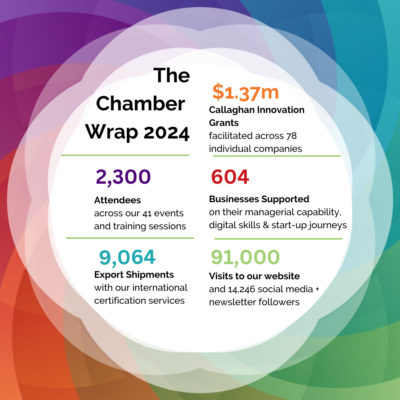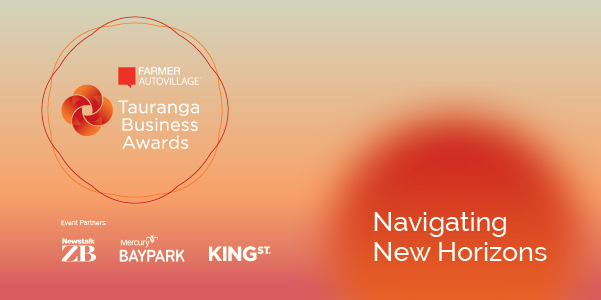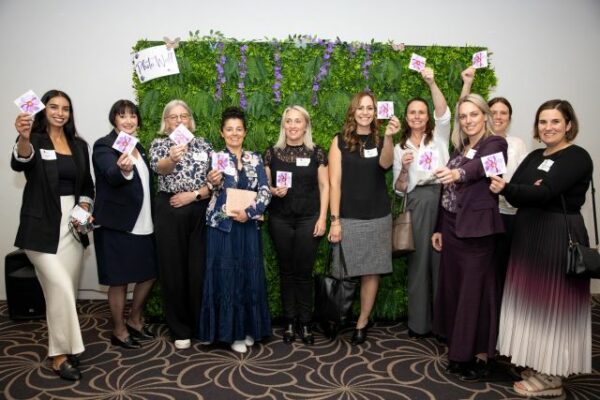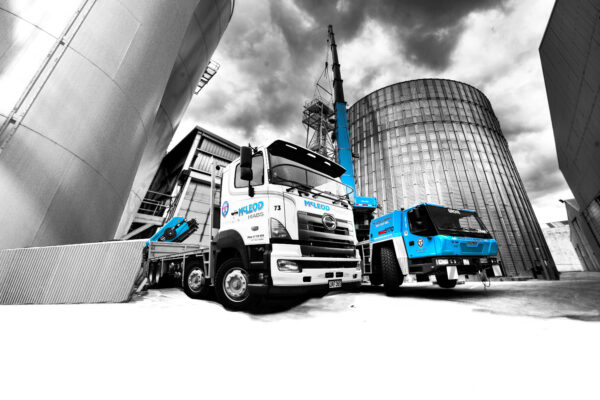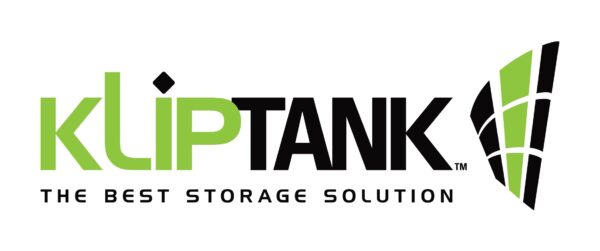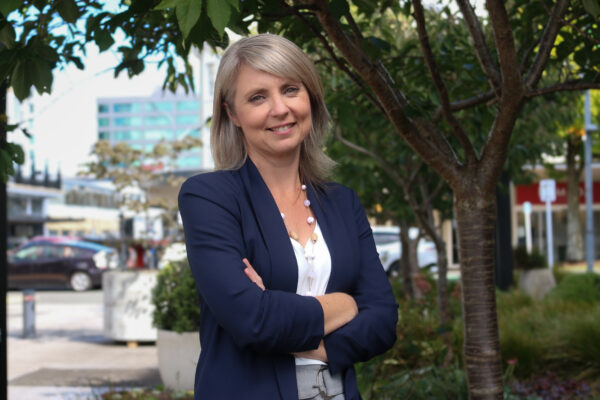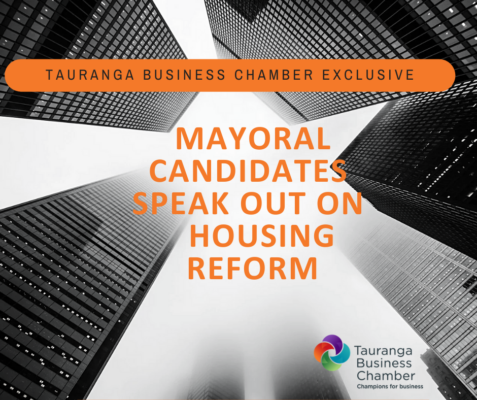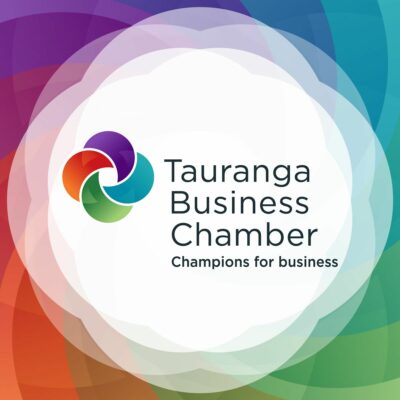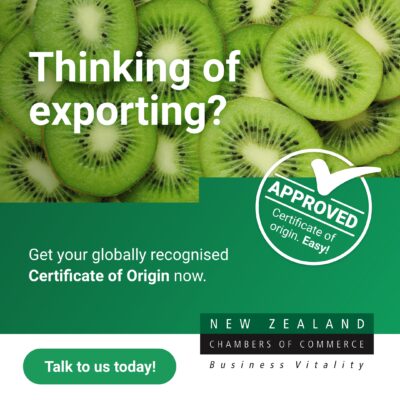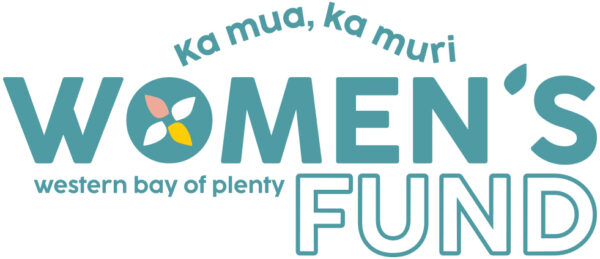To manage the impact of the COVID-19 Omicron variant in New Zealand, the Government has introduced a three-phase response.
Phase 1: There are some cases of COVID-19 in the community, but we continue to stamp it out.
Phase 2: Cases have spread in the community so we need to minimise and slow transmission to protect our vulnerable communities.
Phase 3: There are thousands of cases per day. Most people will be able to look after themselves at home. Health and social services will focus on those that need the most help.
You can read about all three phases and how this impacts you here.
New Zealand is currently in Phase 2.
Phase Two has a focus on minimising and slowing further spread, utilising digital pathways as the preferred tool, to enable a more timely contact tracing process. Phase Two allows for improved targeting of resources to ensure that those who most need support are prioritised.
Here are some frequently asked questions about Phase 2, testing, close contacts and self-isolation.
Testing for Omicron
When do I need to get a test?
You should be assessed for COVID-19, even if you have had a vaccine if you have:
- COVID-19 symptoms
- been identified as a contact, or
- been at a location of interest at the relevant time
See Assessment and testing for COVID-19 | Ministry of Health NZ for more information on when you need to get a test, including information on who you should contact and getting tested.
Where and how can I get a test?
- Healthline, your doctor, nurse or your local health provider will tell you what you need to do if you need to be tested. Some health care centres may ask you to wait in your car or a waiting area.
- You should wear a mask when you go for a test, scan in to the QR codes located on site and if possible, bring your National Health Index (NHI) number with you. This is likely to speed up the process. You can call 0800 855 066 to find your NHI number.
- If you have been tested for COVID-19 and you have COVID-19 symptoms, have been identified as a contact, or have been at a location of interest at the relevant time you need to:
- Please go straight home. You will be notified when the result is available, usually between 2–5 days. If you have not received your result after 5 days, please contact your doctor or the testing centre where your swab was taken.
- If you are a contact of a current case, check Contact tracing for COVID-19 for the actions you must
What are the symptoms for Omicron?
The most common early symptoms of the Omicron variant are a sore or scratchy throat, and a runny nose. Even if you develop a small sniffle, get a test.
What type of test will I get?
- At Phase Two, a PCR test will continue to be the main form of test used to check whether you are positive for COVID-19. Rapid Antigen Tests (RATs) will mainly be used for critical workers that are Close Contacts to determine if they are able to return to work. See further information about the Close Contact Exemption Scheme under Rapid Antigen Testing (below).
Cases, Contact Tracing and Isolation
If I receive a positive result, what do I need to do?
You should go home and isolate straight away.
Under Phase 2, Cases are required to isolate for 10 days.
Cases will be sent a COVID-19 Contact Tracing form to complete online. If they are unable to do this a health professional will call and carry out a case investigation interview.
What does this mean for household members of a Case?
If someone in your household has COVID-19, you are considered a Household Close contact. You are required to isolate for the same 10 days as the case and get a test when the person with COVID-19 gets to their Day 3 and Day 8.
This means that the whole household ends their isolation period at the same time, assuming there are no new or worsening symptoms, and all of the Household Close Contacts return negative tests.
- If another household member returns a positive result during that 10 days isolation, that household member becomes a ‘case’ and commences the necessary 10 days of isolation.
- The rest of the household, assuming there are no new or worsening symptoms and negative tests, would still be released at the same time as the case.
What is a Close Contact? How will I know if I am a close contact?
You are a Close Contact if you have had contact with a person with COVID-19 when they were infectious. You will need to isolate for 7 days and have a test on Day 5 of exposure.
At Phase 2, you will know you are a Close Contacts if:
- You receive a text notification [2328] and given a link to the COVID-19 Contact Tracing form online
- You receive a Bluetooth notification
- You were at the Location of Interest, as published on the Ministry of Health website
- You receive a push notification
- Someone you are close to (partner, someone you live with, close friends) tests positive, and they let you know you are a Close Contact
- You receive notification from your education provider or workplace
- People without access to a mobile phone or a website will be contacted by their Care Coordination Hub, or a primary care, Māori, iwi or pacific health provider.
You are considered a Close Contact if:
- You live with someone who has tested positive to COVID-19.
- You have been close (within 1.5 metres) to someone who is positive:
- for more than 15 minutes and
- they were not wearing a mask or not wearing it properly.
- You have had direct contact with someone who is positive. For example:
- kissing
- sharing a cigarette, vape or drink bottle
- if the person coughed or sneezed directly on you.
- You spent time in an indoor space with someone who is positive for more than 1 hour and at least one of the following:
- they were singing, shouting, smoking, vaping, exercising, or dancing
- they were not wearing a mask or it was not on properly
- it was poorly ventilated
- it was smaller than 100m2 (about 3 double garages).
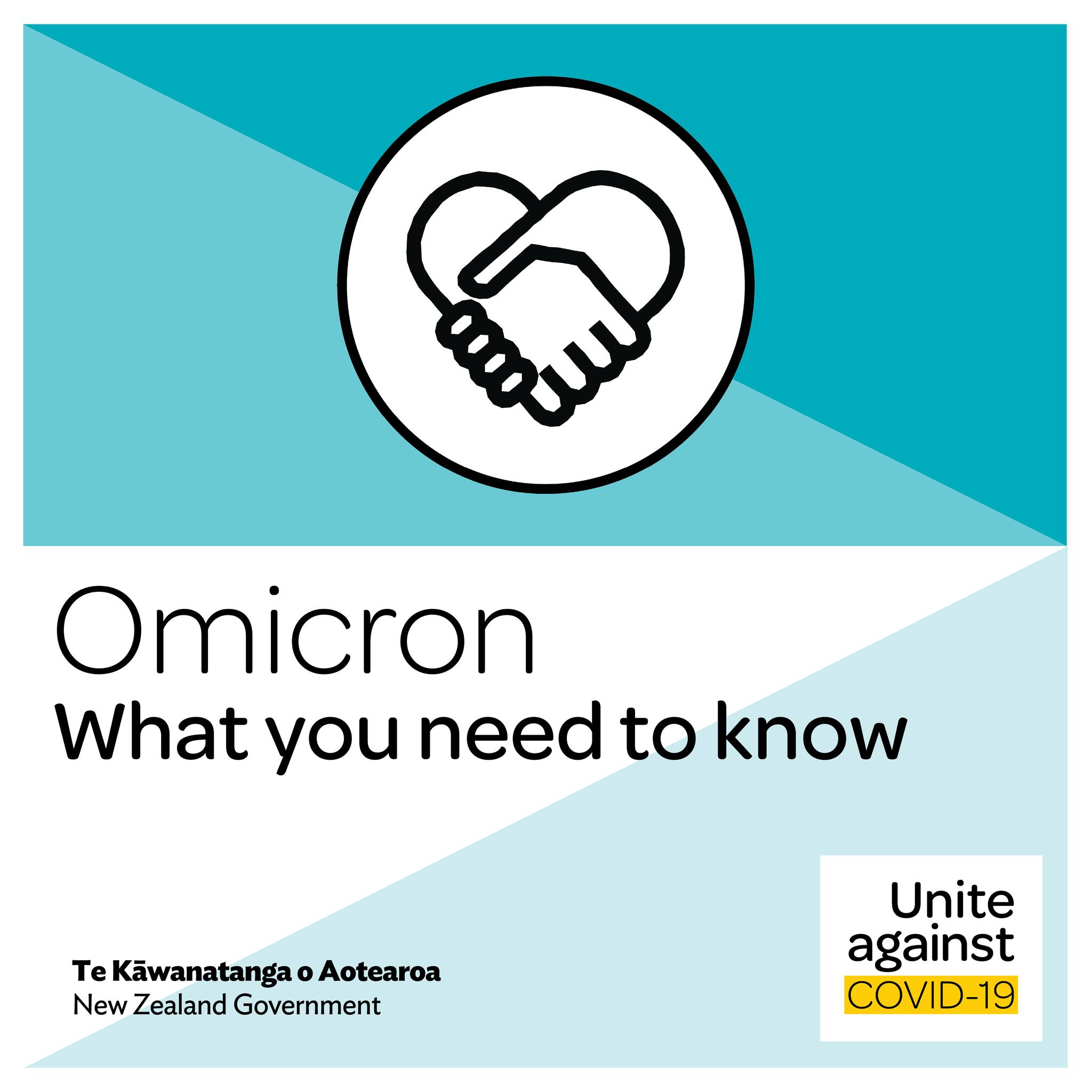
What is the COVID-19 Contact Tracing form?
- As case numbers grow, low-risk people who test positive for COVID-19 will be asked to complete an online form instead of doing an on phone or in person interview.
- People who test positive will be sent a text message with an access code and link to the form. Any information shared is private and secure. People will be asked to share the same information as in an interview – symptoms, details of household close contacts, high risk locations and close contacts, and NZ COVID Tracer diary and Bluetooth data.
- Completing the form online has benefits for people. It’s quicker than an interview and only takes about 30 minutes to complete. Once people receive the message, they can start this anytime within 24 hours and can continue to add and share information with us for 3 days. If the form isn’t started within 24 hours, someone will call to check in. There is also a dedicated email address (help@tracing.min.health.nz) and phone number (0800 117 788) if people need help
How do I self-isolate?
How to self-isolate | Unite against COVID-19 (covid19.govt.nz)
What happens if I can’t safely isolate at home?
In most cases, people with COVID-19 and their whānau will be able to isolate within their home. If you cannot self-isolate safely within your own home, your local Public Health Unit will make the decision to move you to alternative accommodation.
What happens if I am required to isolate when I have been travelling, and am somewhere other than my home?
Under the COVID-19 Protection Framework you may travel within New Zealand. Ahead of your travel, you should make a contingency plan of what you will do if you test positive for COVID-19 or become close contact while you are away.
If you do become a case, you might not be able to return home for a minimum of 10 days. It’s important that you build potential isolation time into your travel plans, as the growing number of COVID-19 cases will mean you are more likely to be exposed to COVID-19 while you’re away.
How should I prepare for self-isolation?
Being ready for getting COVID-19 is about making sure you and your household have a plan and know what to do. You will need to be ready to look after yourself at home. It will mean your whānau and community can help each other if needed.
See Be prepared for COVID-19 | Unite against COVID-19 (covid19.govt.nz) for how you can get prepared to self-isolate, and key things to consider when you make a plan. Your plan should allow for the fact that you could be required to isolate for up to 10 days as a household or close contact, or longer if you are a close contact who then tests positive case for COVID-19.
Is there a legal requirement to isolate?
Yes, a Section 70, is in place that includes isolation and testing requirements for cases and close contacts under Phase 2.
What support is available to me to help me self-isolate?
Welfare support such as help with accessing food, may be available to you if you are required to self-isolate.
If I am in paid employment and have to self-isolate or am sick with COVID-19, is there any financial support available?
- If you are sick or caring for a dependent who is sick, you can use your existing sick leave entitlements.
- An overview of leave entitlements and guidance for employers and employees can be found here: Leave and pay entitlements during COVID-19 » Employment New Zealand
- There are also other financial supports available to help you, your business and employees through the response to COVID-19. These include:
If I am not in paid employment and have to isolate due to COVID-19, what support is available?
- Support is available to those who are a close-contact or confirmed cases of COVID-19. It is targeted to those most in need. Factors that will be normally be considered include:
- requirement to self-isolate
- family and household details
- help from whānau, family and friends
- existing relationship with iwi, Pacific or other community organisations
At Phase 2, should I travel regionally?
At Phase 2 you can travel if you would like to. Before you travel, you should make a plan for what you will do as a close contact, or potentially should you test positive for COVID-19, while at your destination.
At Phase 2, should I work from home?
Having workers work from home is one way that businesses and services can manage the risk of work-related COVID-19 transmission. At Phase 2, you should work from home if you and your employer agree that this is suitable, for example to meet statutory Health and Safety at Work Act obligations.
At Phase 2, is it safe to go to school?
At Phase 2 schools are open. Public health measures will be in place to minimise transmission risk and to protect students and staff.
Is paid time off available to get boosters?
Employees are entitled to reasonable paid time away from work during their normal working hours to receive a dose of a COVID-19 vaccine, including a vaccine booster, as long as providing the time off does not unreasonably disrupt:
- their employer’s business; or
- the employee’s performance of their employment duties.
More information is available at Vaccines and the workplace » Employment New Zealand


